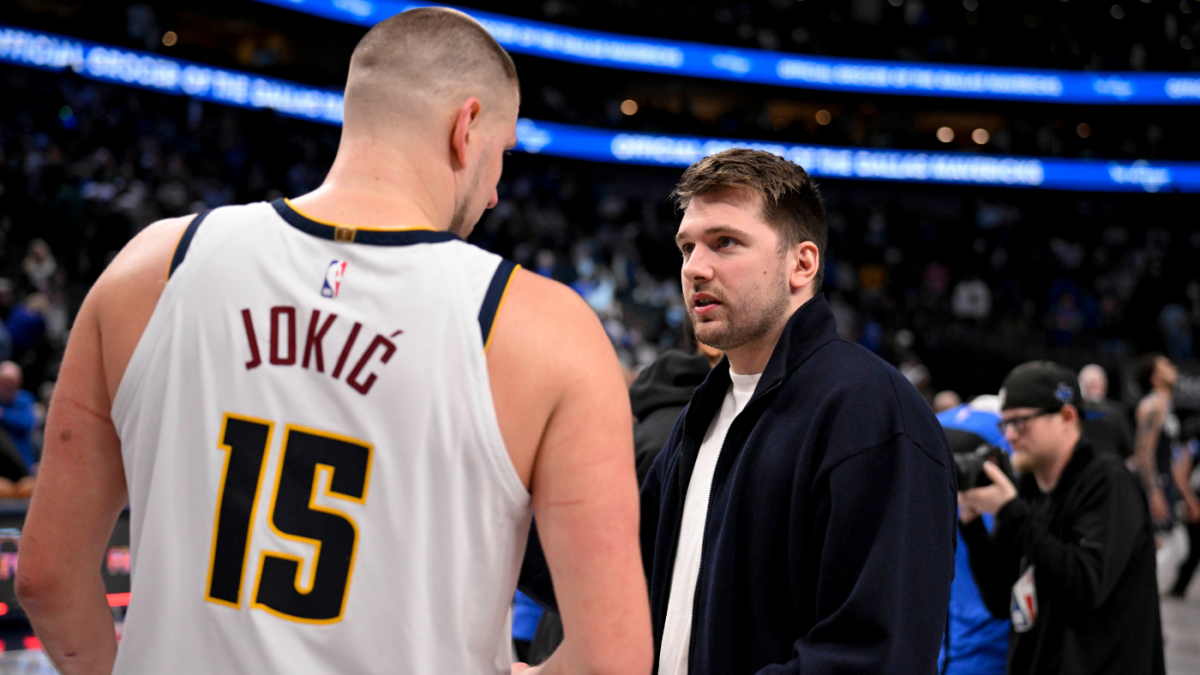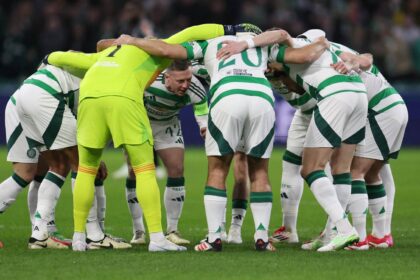The trade for Luka Doncic instantly became known as one of the greatest steals in NBA history. Despite being an injured third-year guard with less than 3,000 career minutes and coming from a team with a strong record, Doncic—an MVP candidate at just 25—was acquired by the Los Angeles Lakers after just one season. Mavericks fans were upset by the decision, but few recognized how the Lakers managed to secure him with such a seemingly reasonable deal, which involved some calculated risks.
At the time of the trade, Doncic had just half a season remaining before he could become a free agent, meaning his commitment to any team was uncertain. There were three possible scenarios for his decision: he might have made it clear he wouldn’t stay beyond 2026, possibly asking for a trade; he could have been undecided, forcing the Lakers into a reactionary position to make costly moves to keep him; or, the best outcome—which actually happened—he signed a two-year extension with player options afterward, solidifying his stay in LA.
Having only spent six months with the Lakers and coming off a first-round exit, Doncic’s hesitance to re-sign would have been understandable. However, the Lakers leveraged concerns about his commitment to negotiate favorable trade terms, including retaining valuable future draft picks. Unlike normal teams, the Lakers demonstrated their unique ability to attract and keep star players like Doncic, enhancing their reputation for acquiring top-tier talent at below-market costs.
Looking ahead, the Lakers are preparing for the future by managing their salary cap and draft assets strategically. They initially hoped a 2026 free agent could complement Doncic, targeting players like Jaren Jackson Jr., but with his re-signing elsewhere and other top free agents either staying put or not fitting well with Doncic, the Lakers are focusing on bigger stars who could become available in 2027, such as Nikola Jokic and Giannis Antetokounmpo. These stars are at pivotal points in their careers, and cap space gives the Lakers leverage to pursue them if they become available.
The Lakers have been assembling their assets carefully, with only one tradable first-round pick remaining in 2031 and limited options for future picks due to existing agreements. Their cap flexibility allows them to absorb major contracts and entice star players without paying hefty trade premiums. This strategy is not about winning bidding wars based on quantity but leveraging their unique position to secure star talent efficiently, as demonstrated historically by acquisitions like Anthony Davis.
Ultimately, the Doncic trade revitalized the Lakers franchise. After years of struggles and an aging roster, this move skipped a long rebuilding process and brought them a superstar centerpiece. Historically, it’s challenging to acquire a franchise-defining star, but once a team does, adding complementary pieces tends to be easier, as the Lakers have shown with previous stars. With Doncic now firmly in place, the Lakers are set to build a contender around him and may strike again with another major acquisition.
Fan Take: This trade changes the landscape of the NBA, signaling that the Lakers are back to being the team that can attract and build around true superstars. Basketball fans should watch closely, as this could usher in a new era of top-tier talent congregating in Los Angeles, potentially reshaping championship dynasties.



